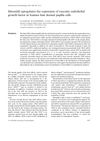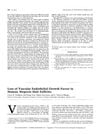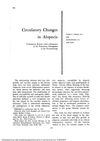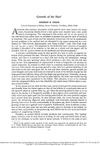Control of Hair Growth and Follicle Size by VEGF-Mediated Angiogenesis
February 2001
in “
Journal of Clinical Investigation
”
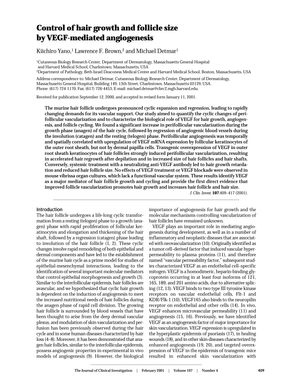
TLDR VEGF helps hair grow and determines follicle size by increasing blood vessel growth.
The study from February 15, 2001, demonstrated that vascular endothelial growth factor (VEGF) plays a crucial role in hair growth and follicle size by promoting angiogenesis around hair follicles. Researchers found that VEGF mRNA expression and perifollicular vascularization were significantly increased during the anagen phase of the hair cycle, leading to larger hair follicles and thicker hair shafts. Transgenic mice with overexpressed VEGF experienced faster hair regrowth and increased follicle size, while systemic treatment with an anti-VEGF antibody had the opposite effect, slowing hair growth and reducing follicle size. These effects were dependent on the presence of a functional vascular system, as shown by the lack of effect in vibrissa organ cultures without vascularization. The study concluded that VEGF-mediated angiogenesis is key to hair follicle growth and cycling, and enhancing vascularization could be a potential therapeutic target for hair growth promotion.

